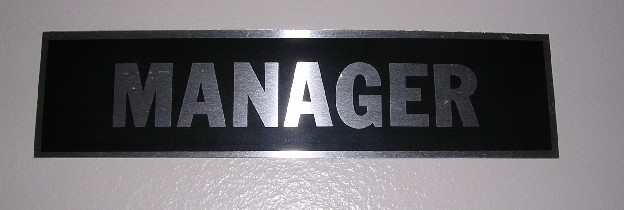Do we need less management or less managing, when we change our organization to Agile or Super7 Operations? Modern organizations give autonomy to those who do the work, and move away from top-heavy management. Question is, can large organizations really function without management? Which elements of management can we do without, and which are crucial for success?
Recently, I attended an interesting seminar by Thom Verheggen, a Dutch organization expert who calls himself “de Ontmanager” in Dutch, which translates to The De-Manager. You can read more about Thom on his blog and in his book – only available in Dutch at this moment, however.
Thom states that we shouldn’t remove managers too rigorously. Instead, we should banish the habits of management that give organizations a false sense of control. He paints a picture of an organization where everybody moves in roughly the same direction, just because there are heavy controls and regulations preventing them to move in any other direction. As an alternative, he proposes an organization where everybody is intrinsically motivated towards a common goal, and no controls or regulations are necessary.
He also gives examples of detrimental habits of management. Being the middle man between two parties, for one. Managers trying to be the oil between the gears, but in fact preventing the two parties from working together. Another is the yearly cycle of individual target setting and performance evaluation, where emphasis tends to lie on what went wrong rather than on developing talent.
In my experience, for instance in Super7 organizations, managers do have their value. I’ll give two examples. In large complex organizations, autonomous teams can’t oversee the total complexity. Reducing complexity should be the top priority for managers. Next to that, managers should help with giving direction and ensuring alignment. In large organizations, managers need to support the small autonomous teams (e.g. Super7’s) by showing them the overall vision that all teams work towards. And they should help the teams to stay aligned with each other in their efforts towards this vision.
Less management? Sure, more autonomy is a good thing. Less Managing? Seems like a good idea, also. No management altogether? That may be a bridge too far for large complex organizations. We should think about which kind of managing is needed to keep things running, and then banish all other forms of managing. In following posts, I’ll give you examples of how this can work in practice.
Menno R. van Dijk.




